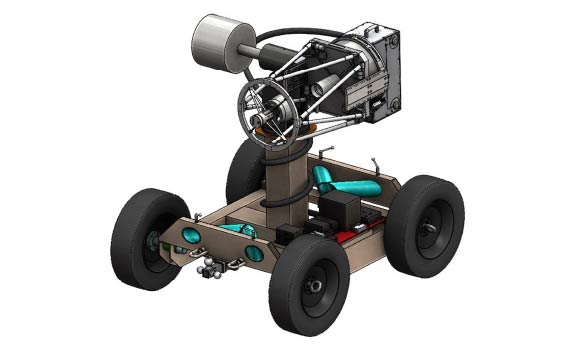
With an aim to revolutionize internet access for remote and northern communities, a partnership between McMaster University Engineering and the National Research Council of Canada is developing a mobile laser-based system to boost data transfer rates and ensure faster, more resilient connectivity in remote and rural regions.
Leveraging laser-based satellite communication technology rather than traditional radio signals, this project aims to deliver fibre-optic level connectivity without laying physical cables. A major step in this research is the development of OGRE (Optical Ground Receiver Enhanced), a mobile ground station that will be tested in Ottawa-Gatineau before expanding to the North. OGRE will help scientists understand and model the effects of Canadian weather on laser-based satellite signals, ensuring systems are reliable even in harsh climates. By eliminating the barriers posed by terrain, distance, and climate with innovative optical ground receivers, the initiative promises to close the connectivity gap in underserved regions.
With internet speeds in many Northern areas up to eight times slower than the national average, this advancement could dramatically improve access to critical services and empower small towns, First Nations communities, and rural residents, bringing opportunity and access to every corner of Ontario and Canada.
For more information, visit McMaster University


